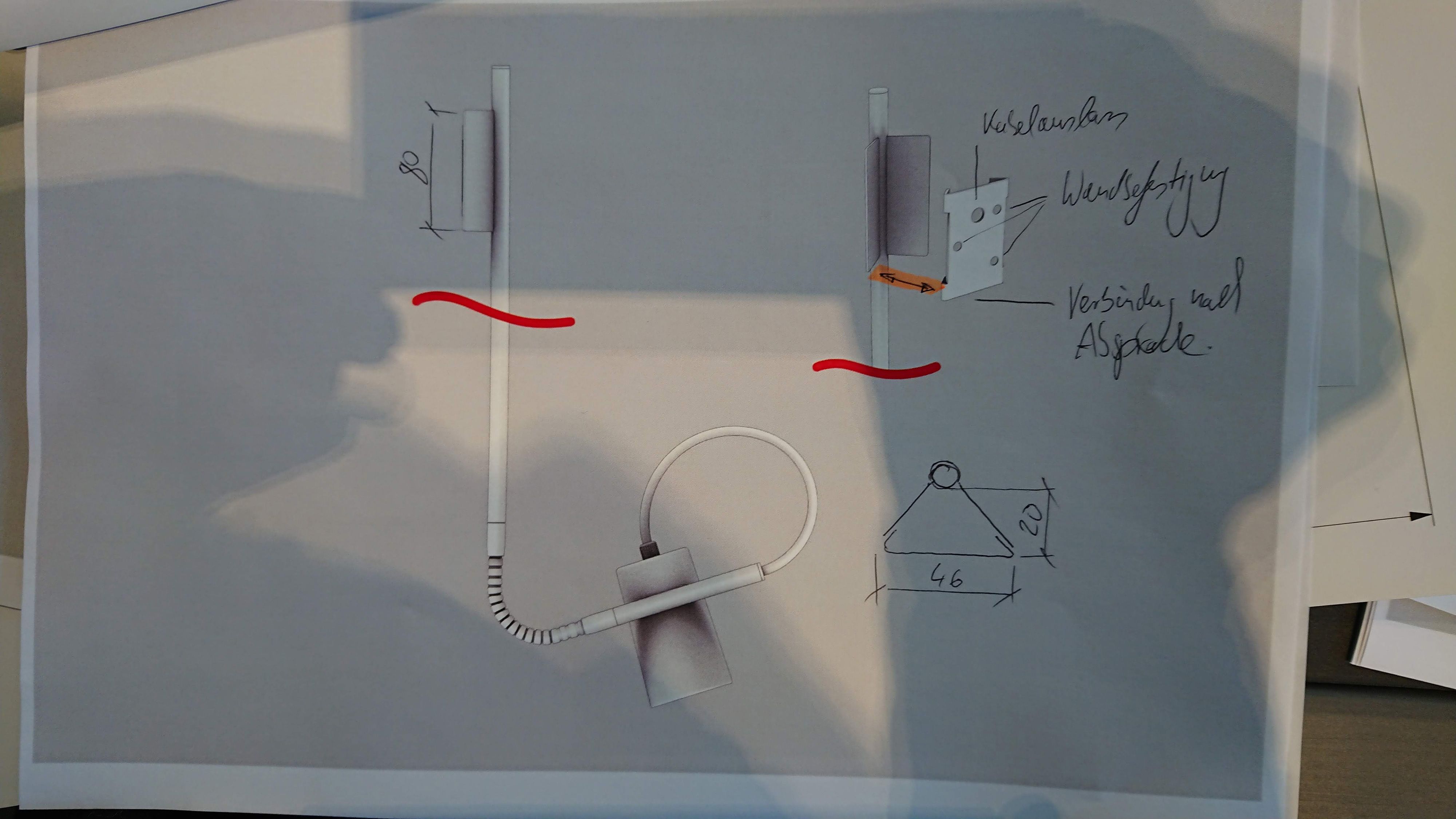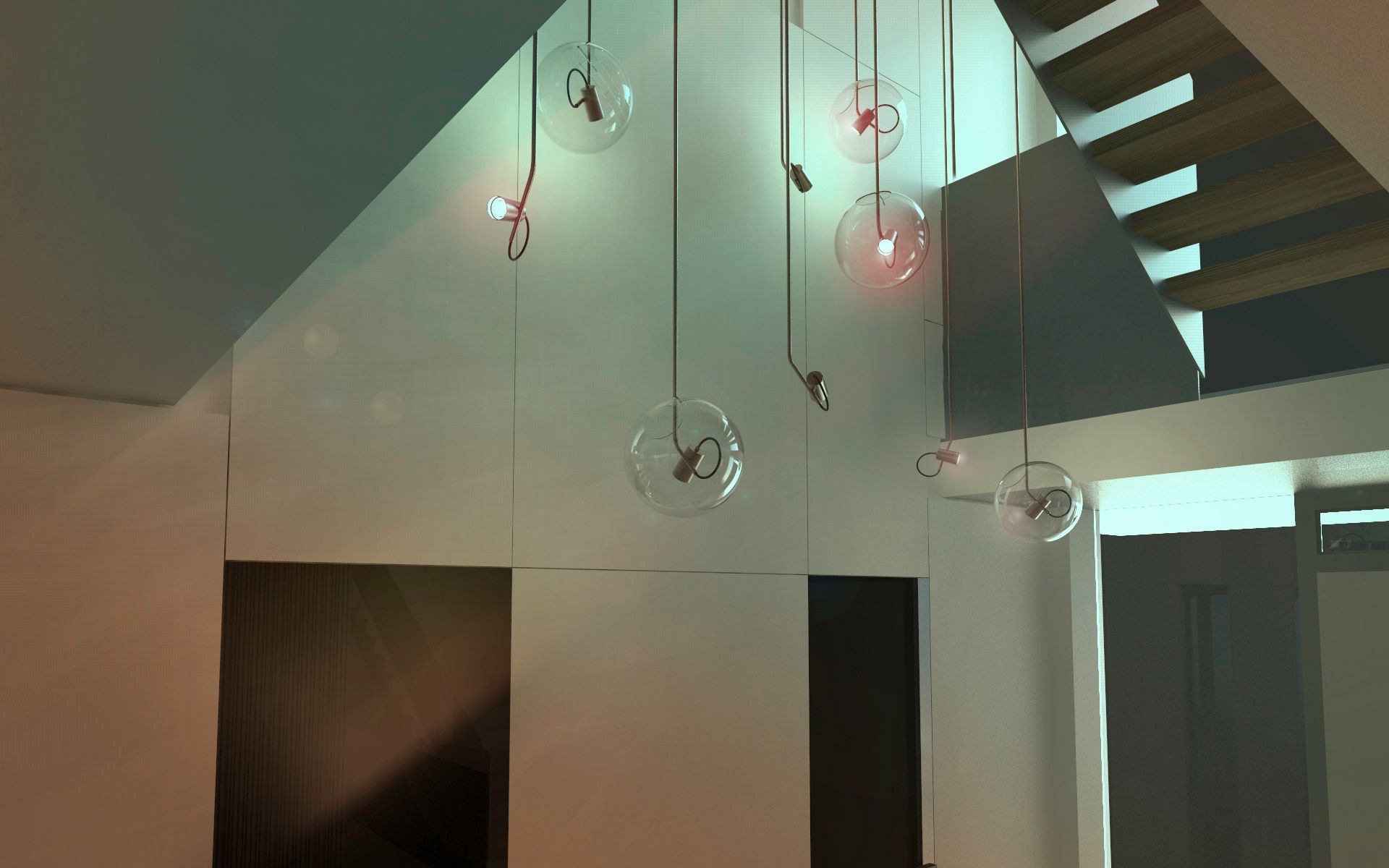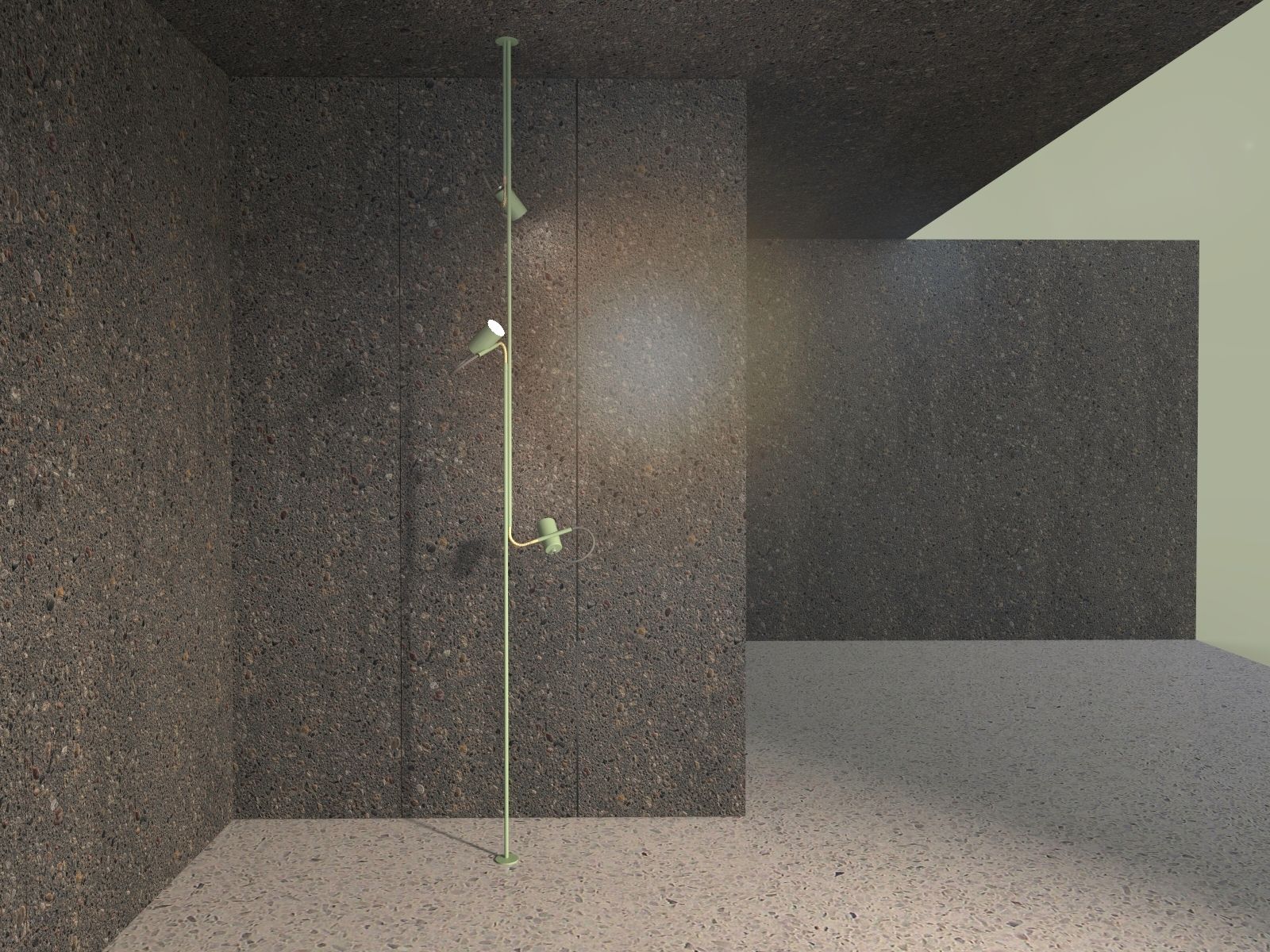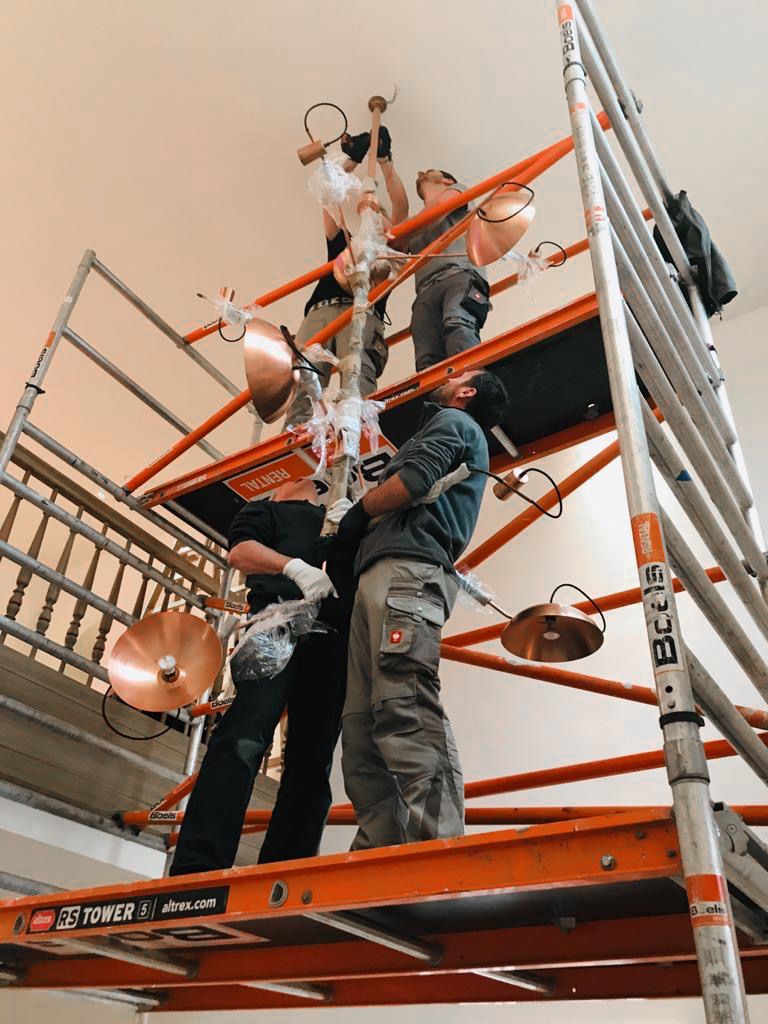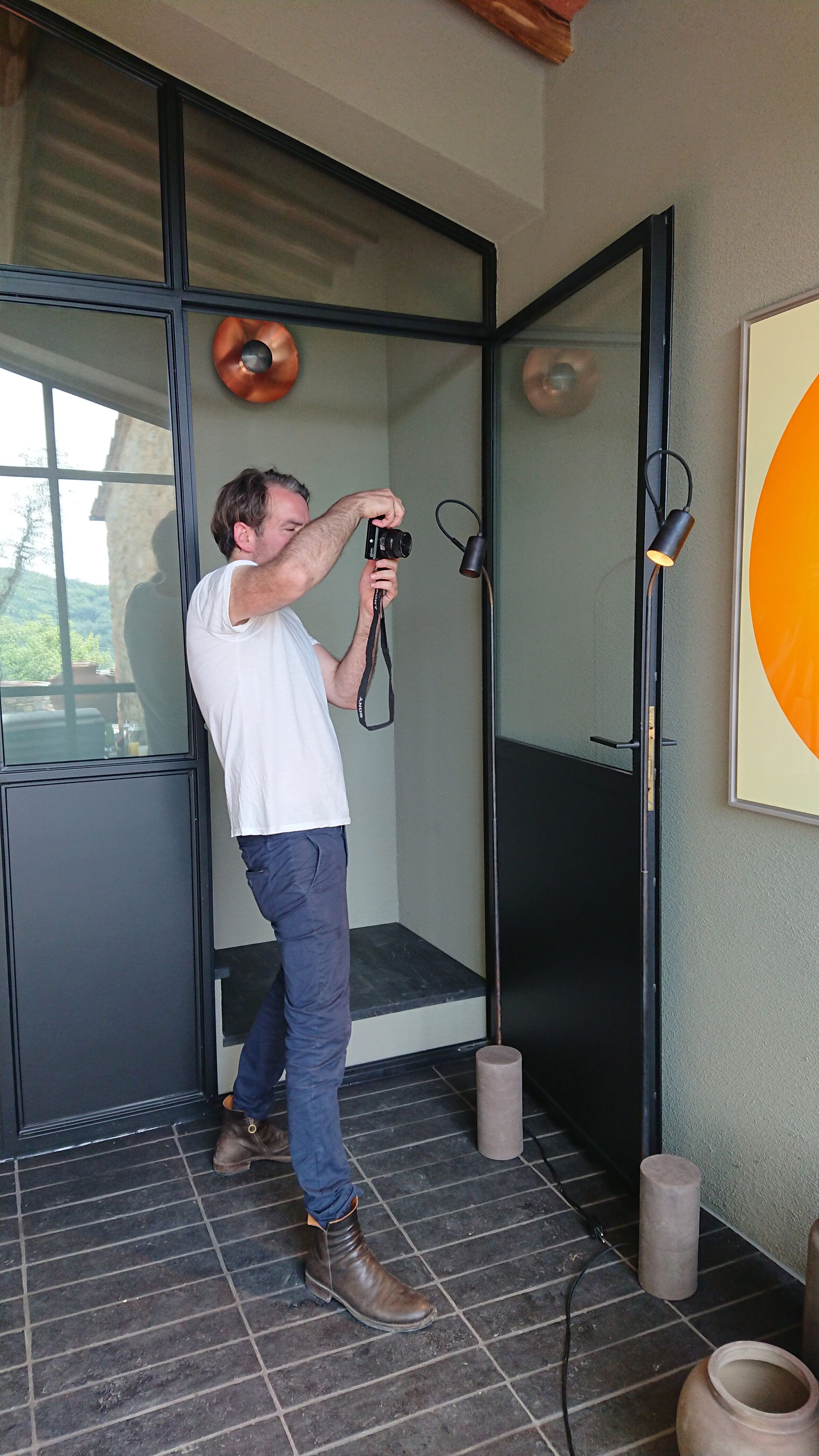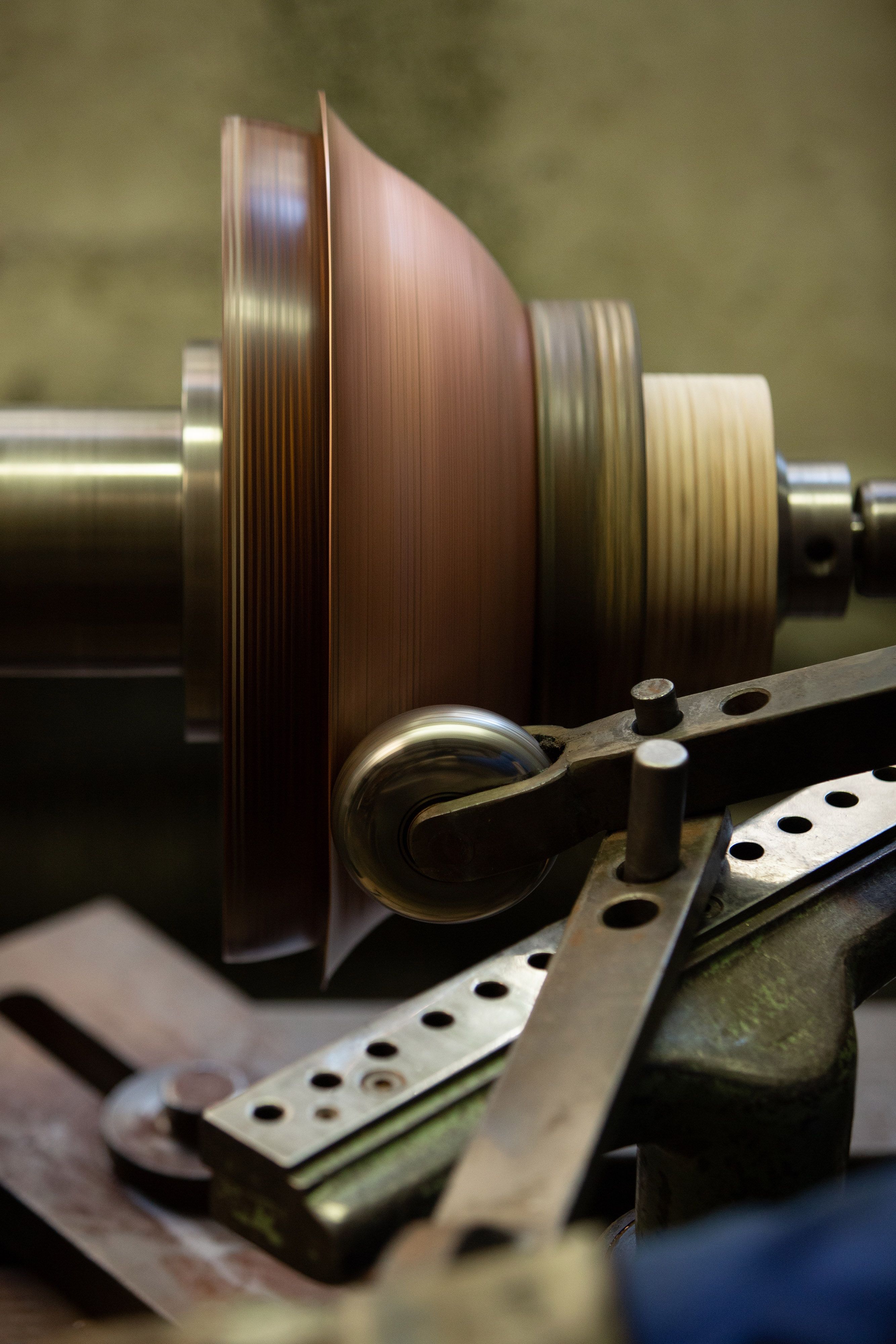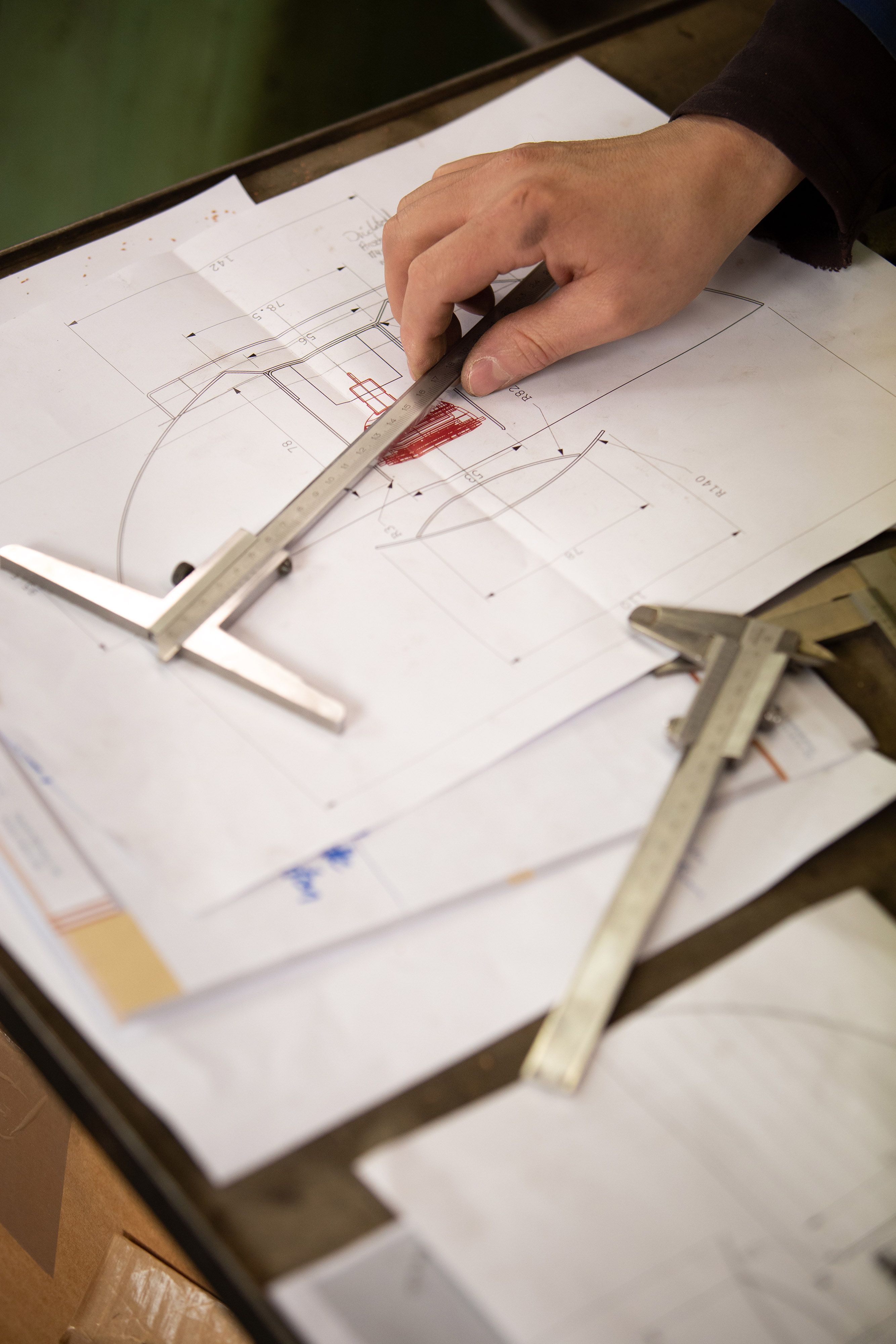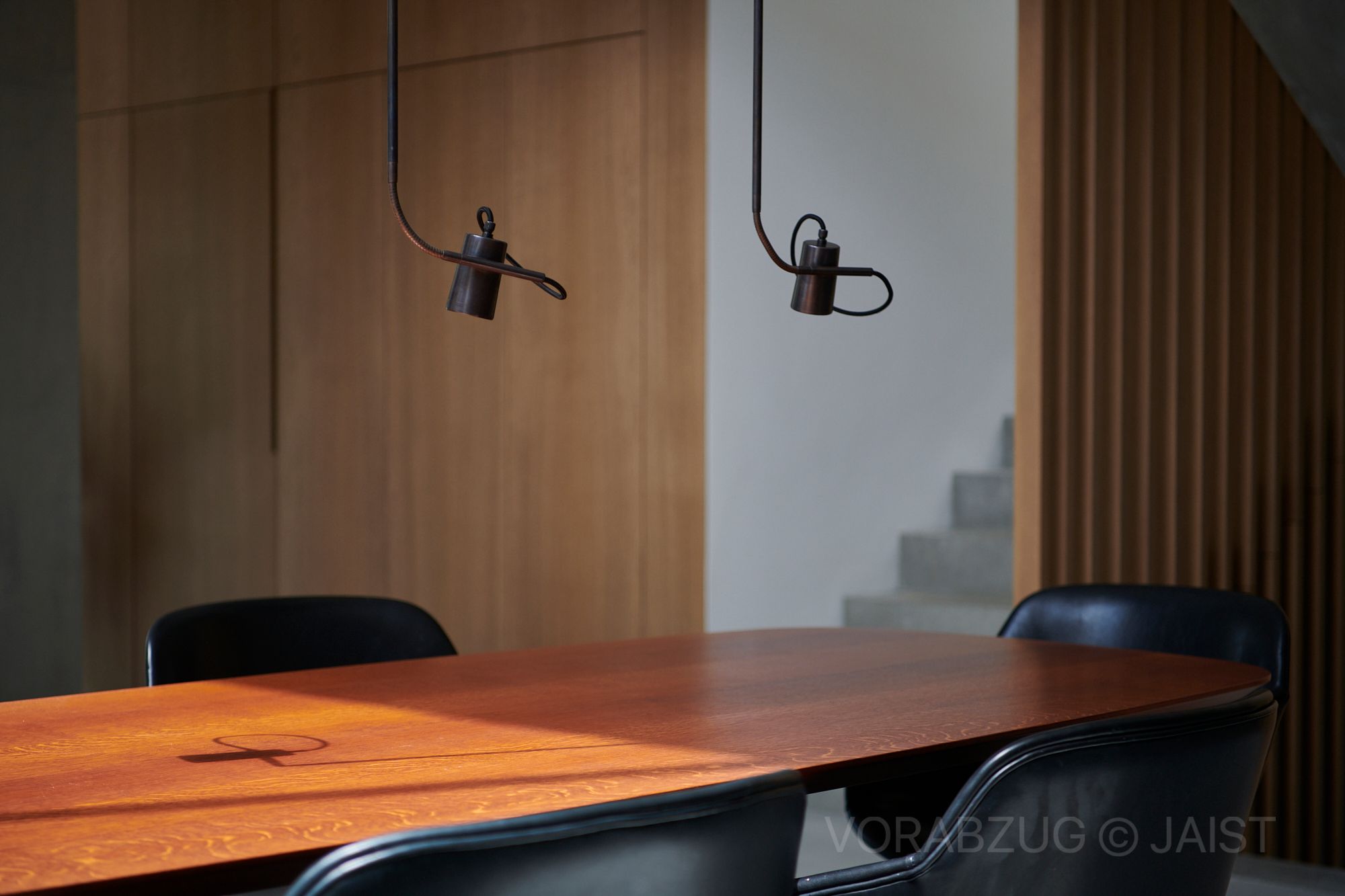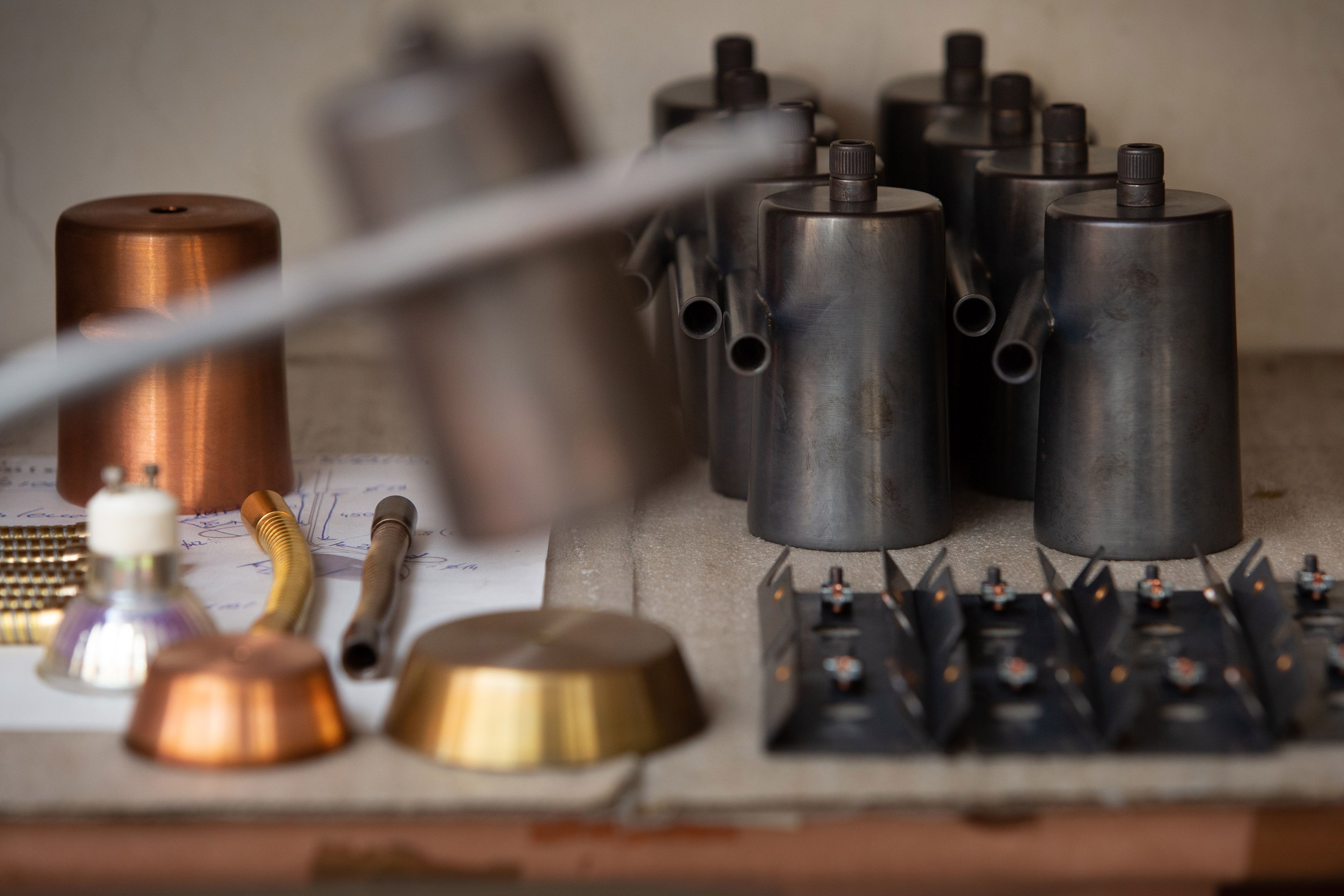Making of Classico Collection
Everything else but standard light
An interview with the designers Sami Ayadi and Jan Heinzelmann from Studio OHA about the development of the Classico Collection luminaires.
The luminaire series was exclusively developed for Casa Morelli in Tuscany and is now part of the Holzrausch editions. It was designed by the OHA (Office Heinzelmann Ayadi) design studio. They are manufactured in a small factory in Munich from only two basic shapes, a bowl and a spot, and the combination of the two elements allows for a multitude of different luminaire variations. We spoke to Sami Ayadi and Jan Heinzelmann about the development of the Classico Collection luminaires, the different variants and the love for craftsmanship.
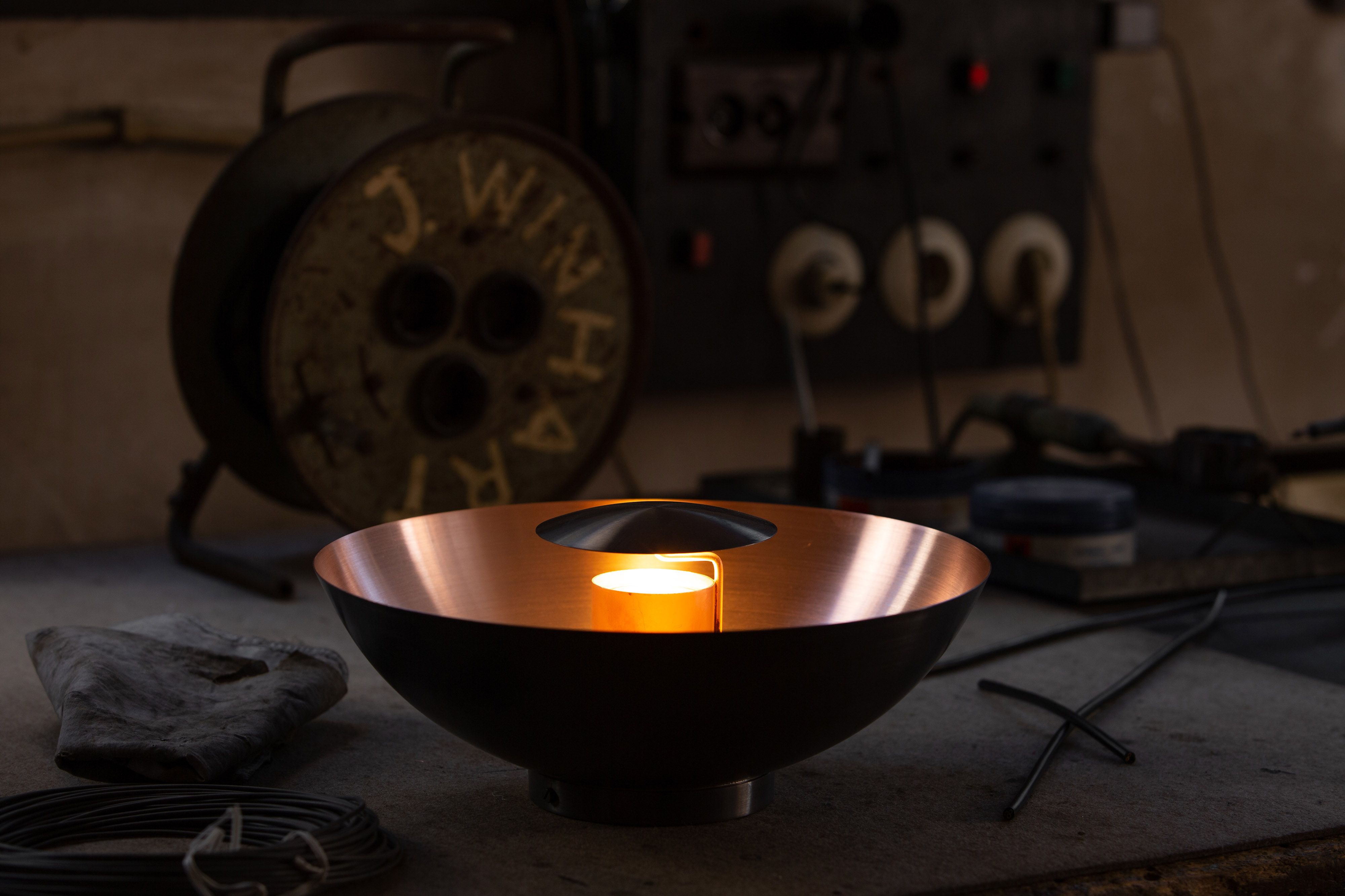
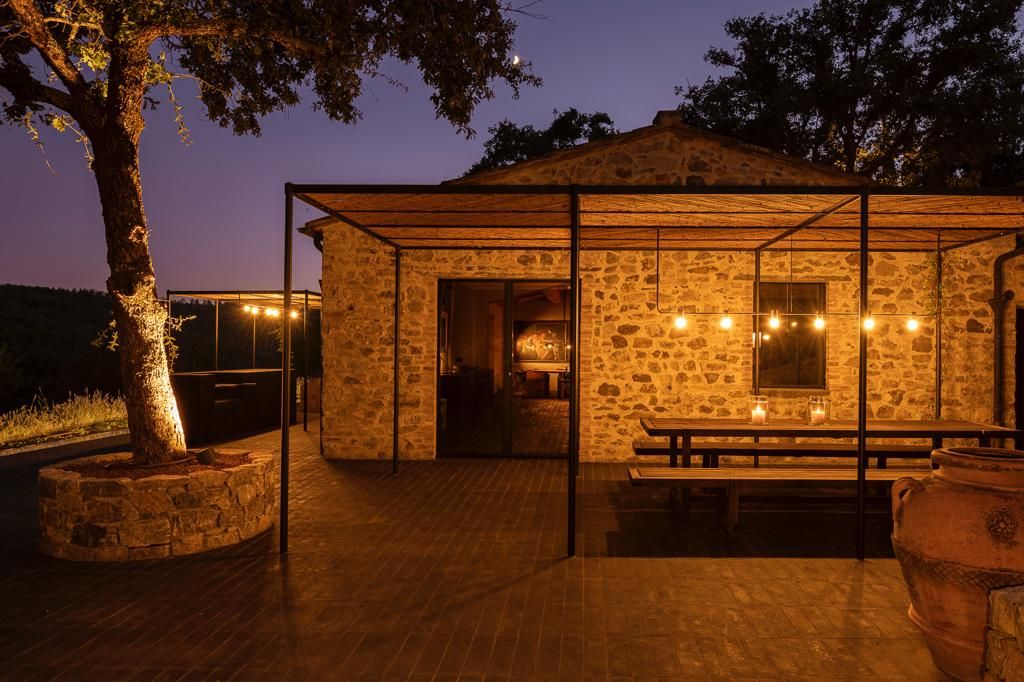
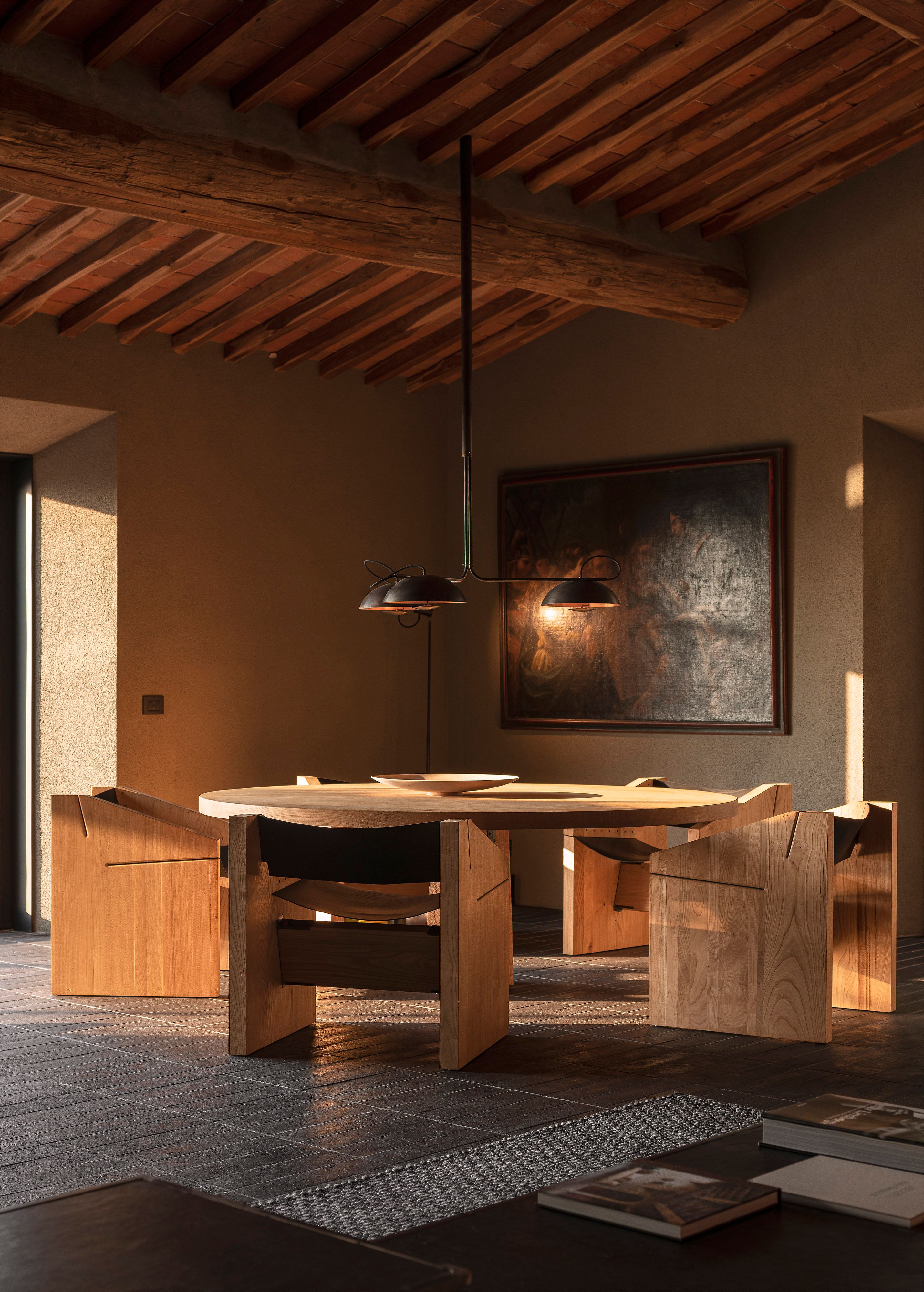
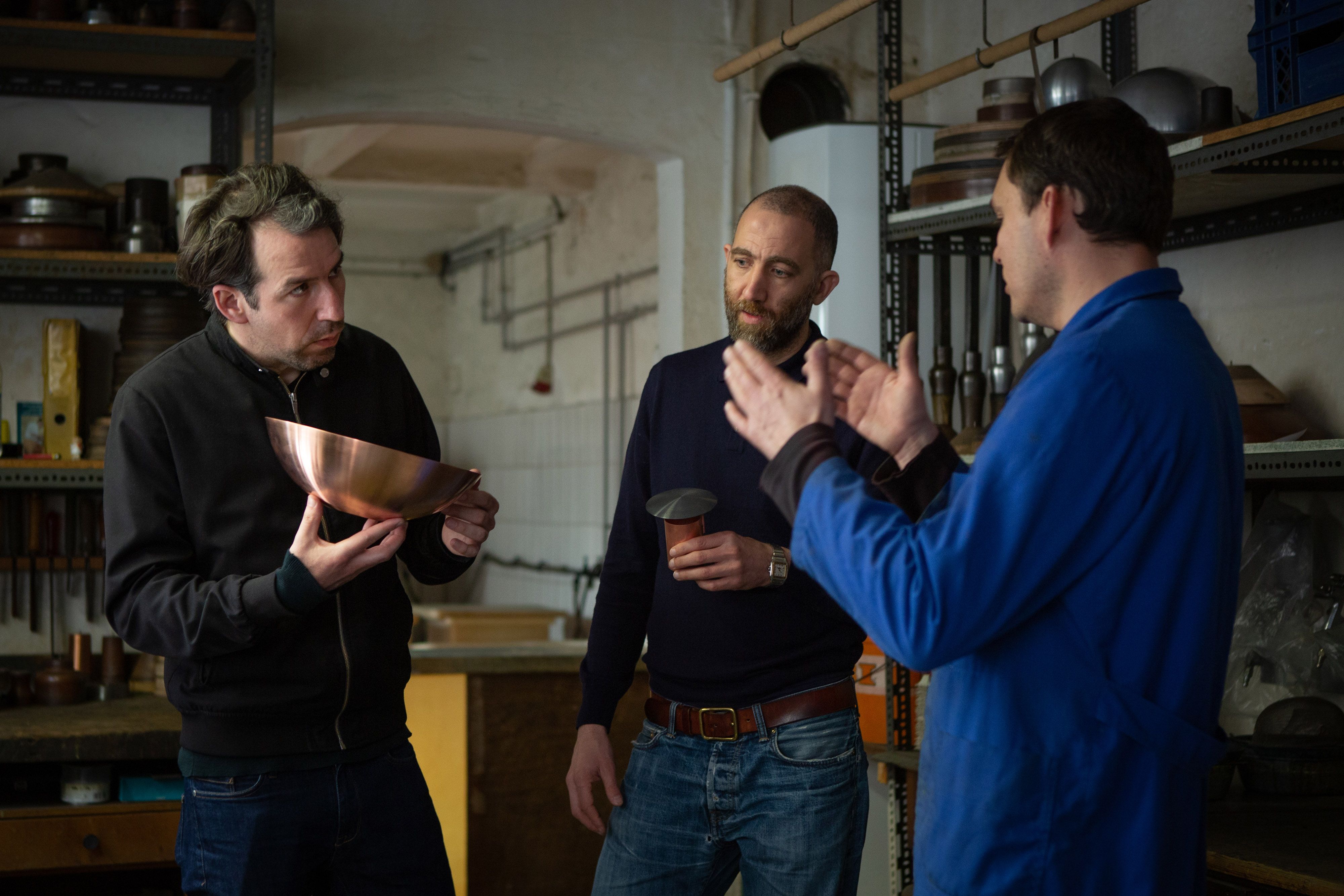
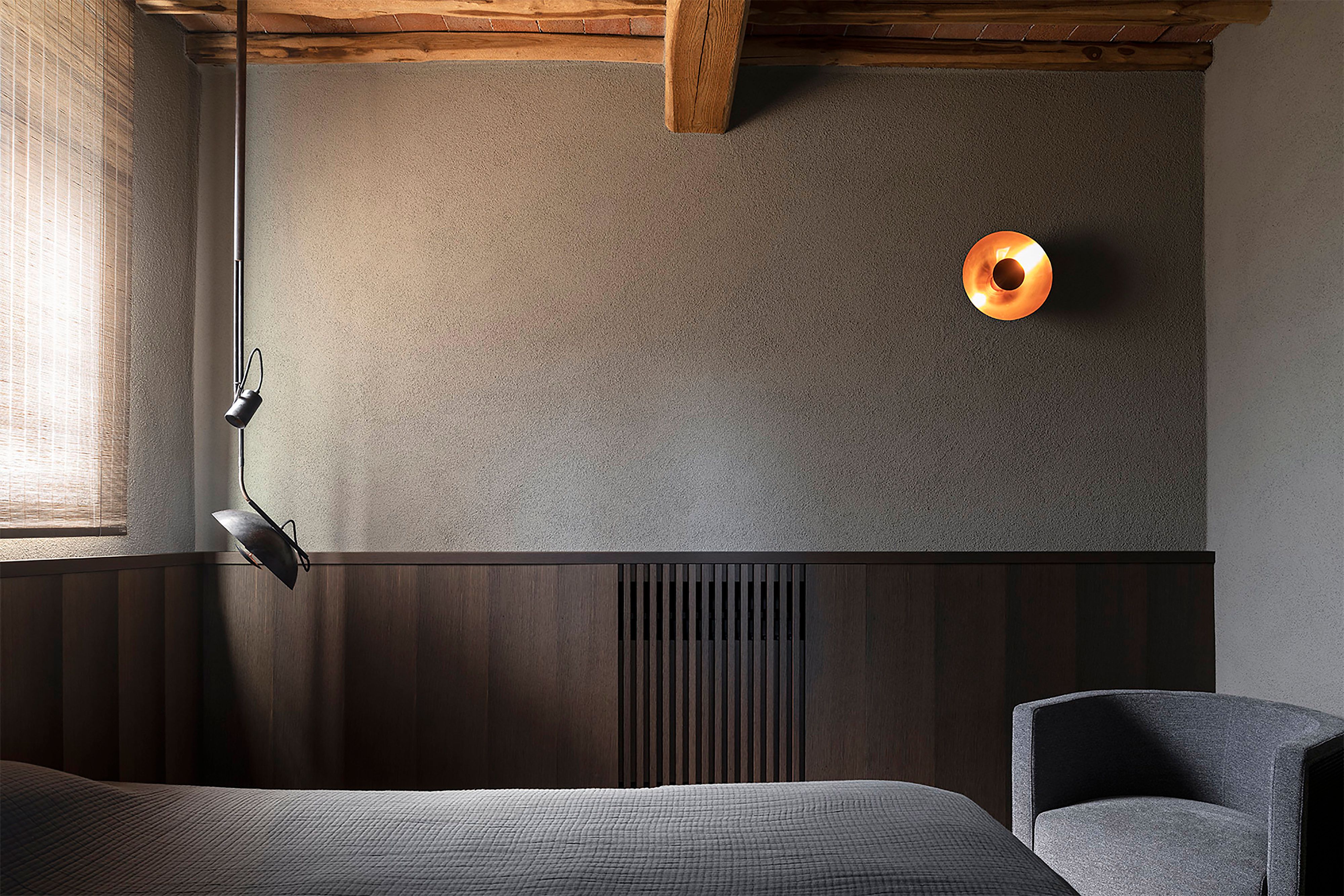
The Classico Collection luminaires were developed for Casa Morelli. How did you come up with this design?
J.H.:
Everything at Casa Morelli has been developed especially and specifically for this house. It was clear that no standard luminaires should be used. We took a close look at the manufacturing process in a small metal spinning factory in Munich and, inspired by the processes and production possibilities, developed the Classico Collection.
S.A.:
To create the Classico, several work stages and special molds were necessary. We limited ourselves to just two components - a bowl for soft, diffuse light and a spot for directional light. These shapes served as the basis to develop the entire luminaire family. With the Classico Collection, we can cover a wide range of lighting situations.
J.H.:
It became particularly interesting due to the variety of materials and surface treatments: Polishing, brushing, burnishing, matting and oxidizing were just some of the partially very old techniques available to us. These different techniques can make the same luminaire look modern or "vintage". We later used these possibilities in different projects in which we were able to use the Classico Collection.
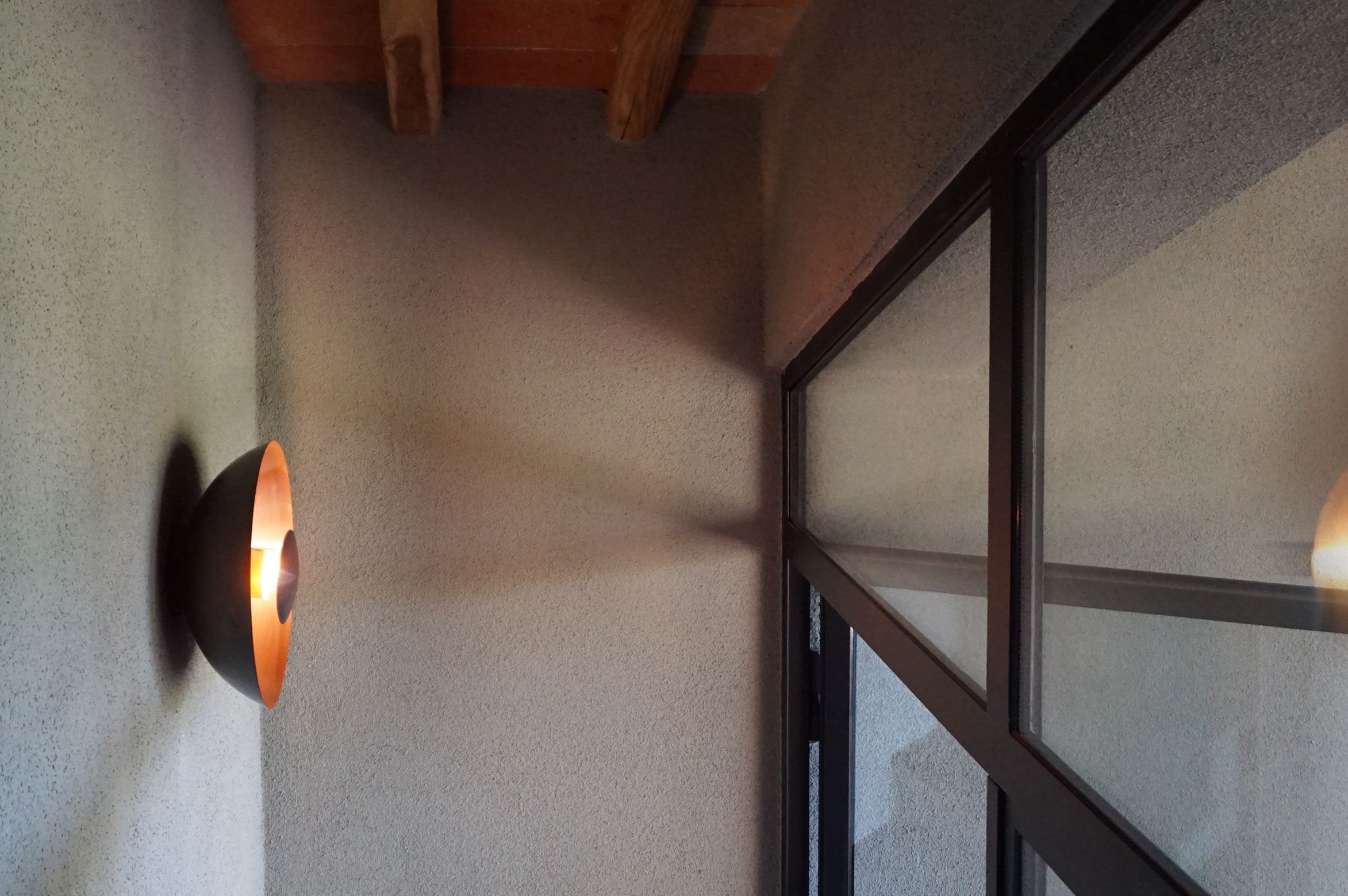
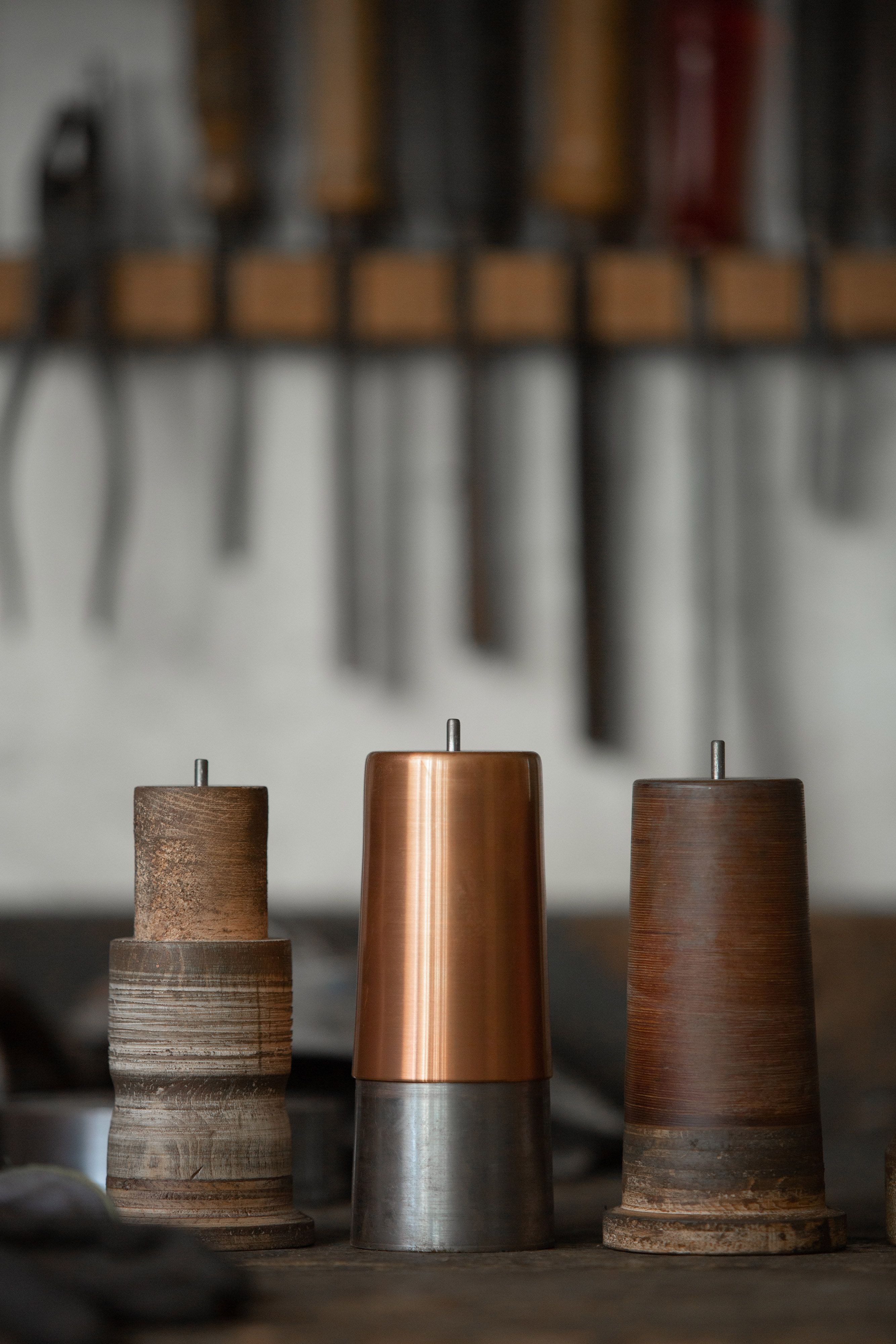
"For each situation in the house, we developed our own typology that adapts to the needs and requirements of the respective environment."
How many variants resulted from this?
S.A.:
Early in the design process, we realized that with our bowls and spots, complemented with simple semi-finished products, a great variety of luminaires can be created: simple wall bowls to multi-arm chandeliers and complex truss systems. For each situation in the house, we developed our own typology that adapts to the needs and requirements of the respective environment.
J.H.:
The luminaires have already been used in numerous projects by Holzrausch.
What are the differences between working with a manufactory compared to the industry?
J.H.:
We feel at home with both! When we work with a manufactory, there are some differences compared to working for the industry. One major difference is the size and the type of production. Manufactories usually produce in small quantities and by hand, whereas industrial production is in larger quantities and by machine. This also influences the technical constraints and costs we have to consider when developing products. Another difference is the flexibility in terms of design changes and customization. Manufacturing by hand allows us to respond quickly to customer requirements and create customized solutions.
S.A.:
As industrial designers, we have gained experience in both craft and industry and use this experience to better understand and implement the different processes and ways of thinking. We combine the advantages of both approaches and in this way, we can increase the quality and durability of the products.
Did this collaboration result in any other luminaries?
S.A.:
Yes, over time, our successful collaboration with Holzrausch has resulted in other luminaires such as Paradise Circus with a more serial approach and Nuclear Love as a light sculpture.
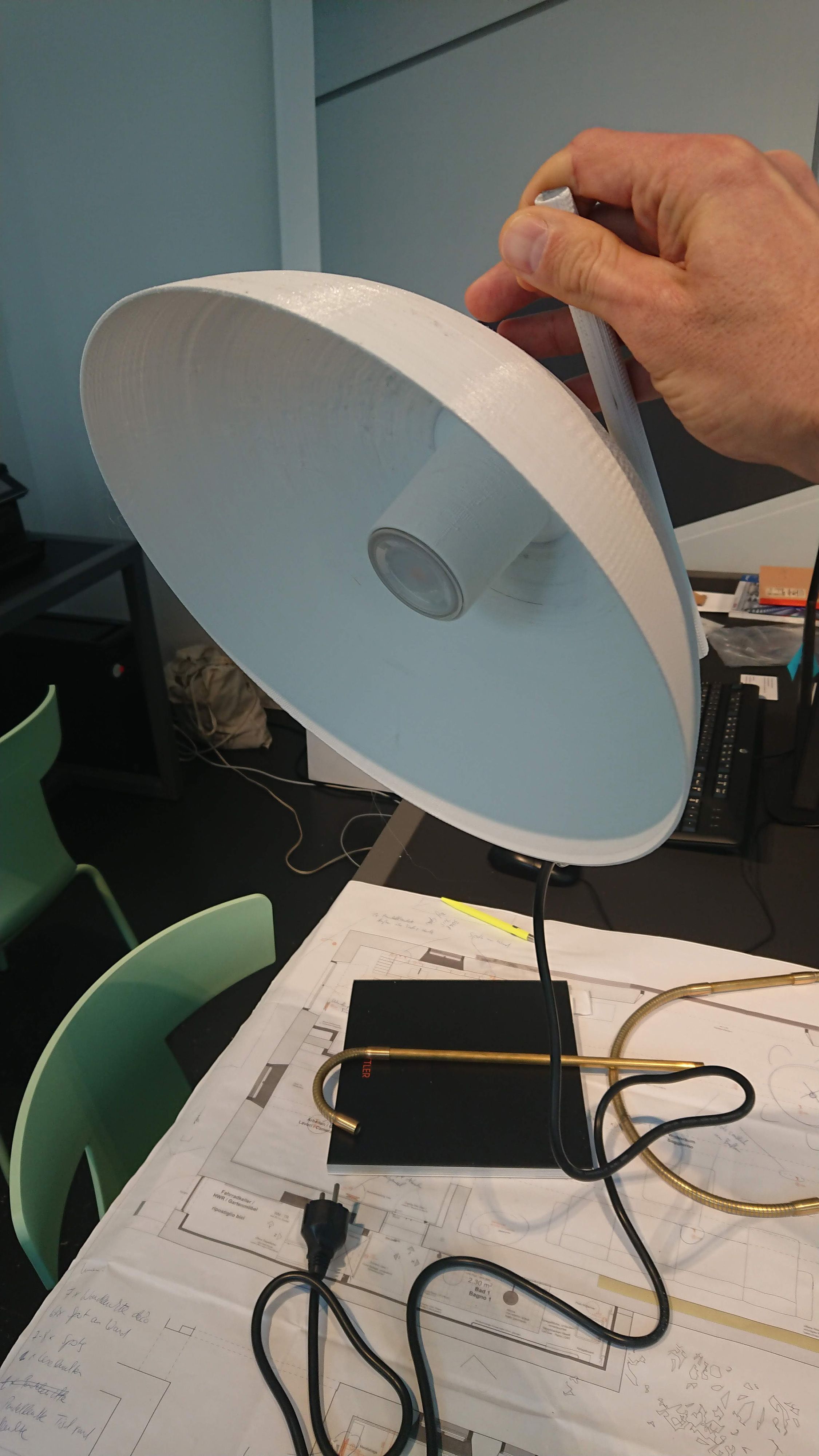
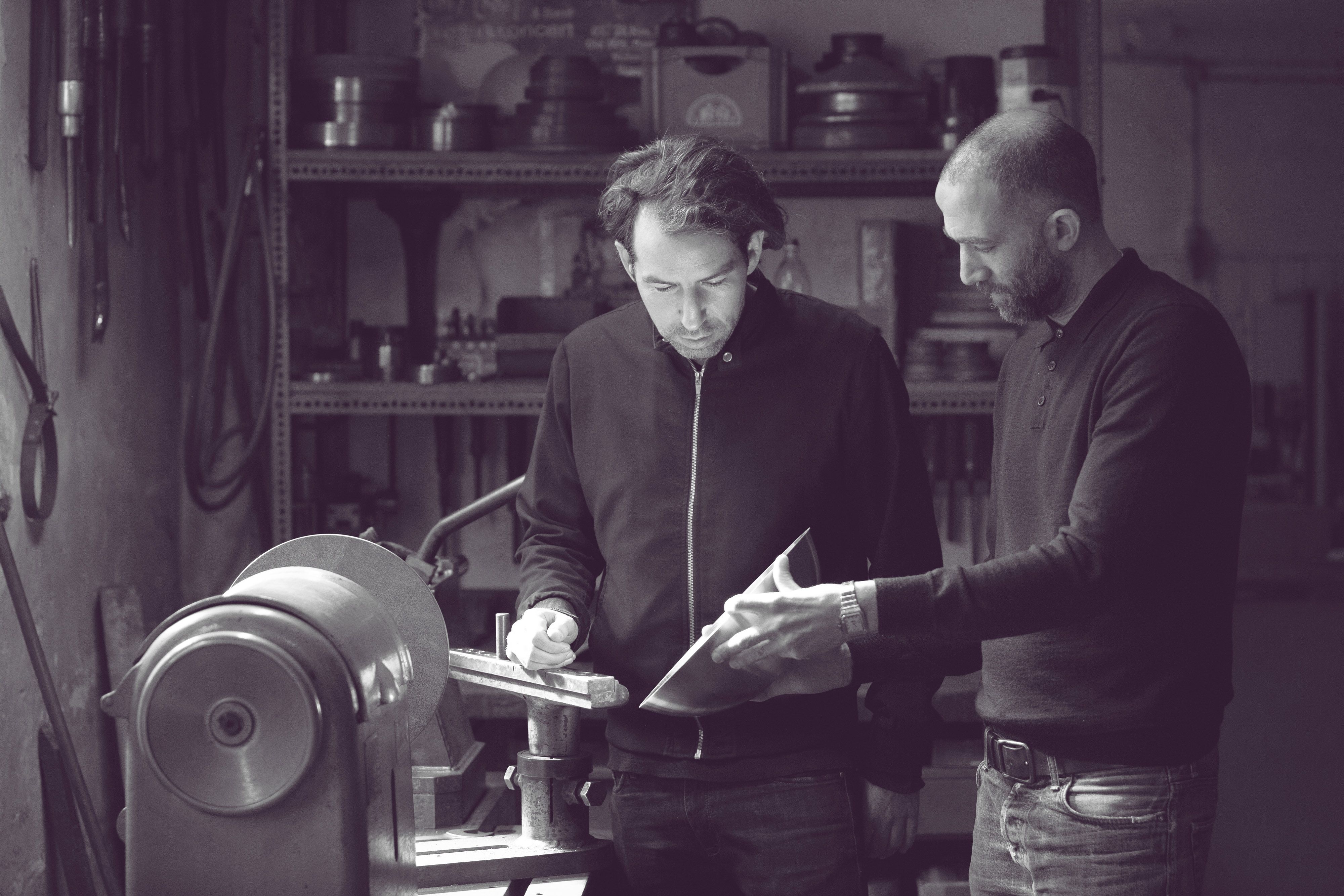
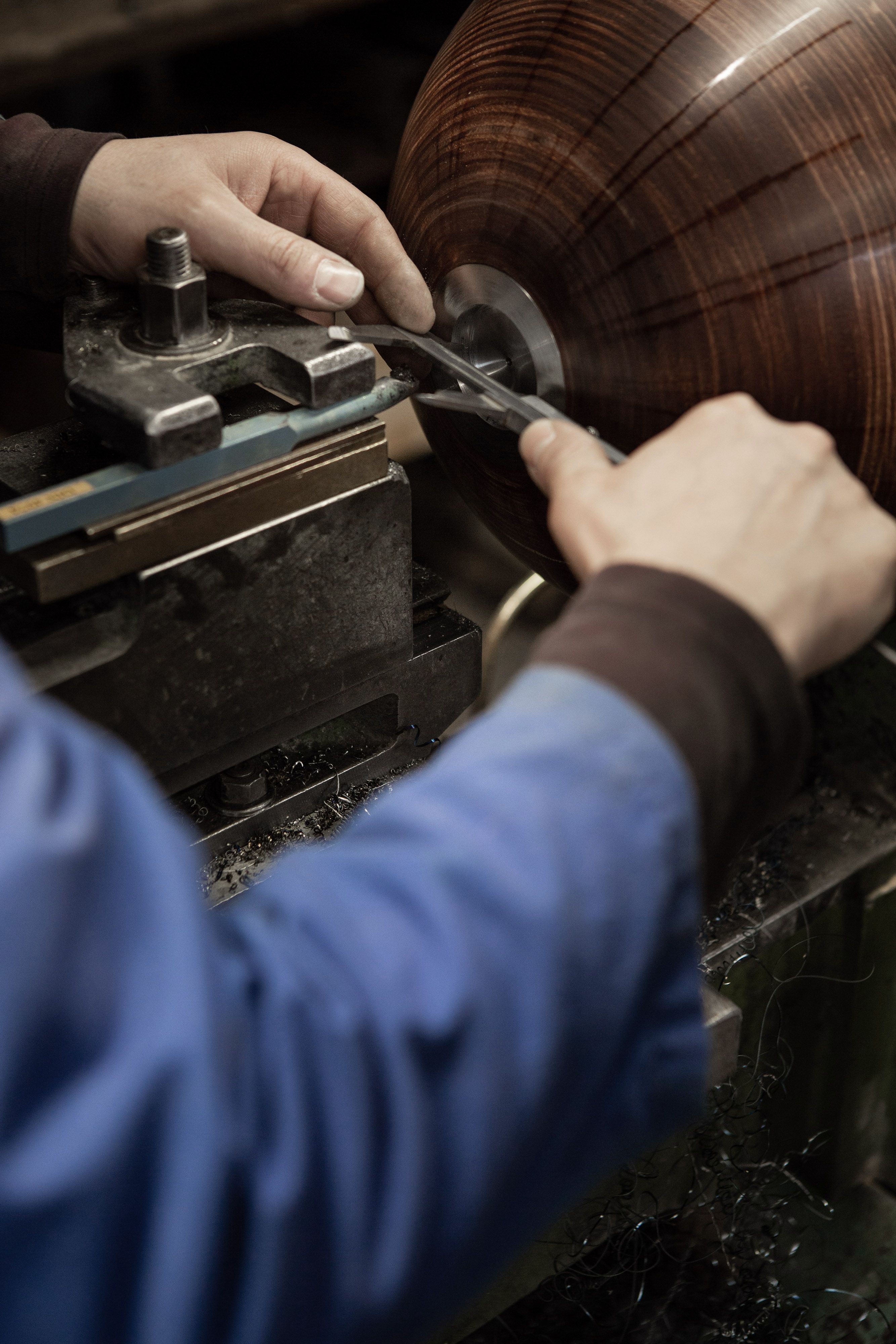
"It became particularly interesting due to the variety of materials and surface treatments."
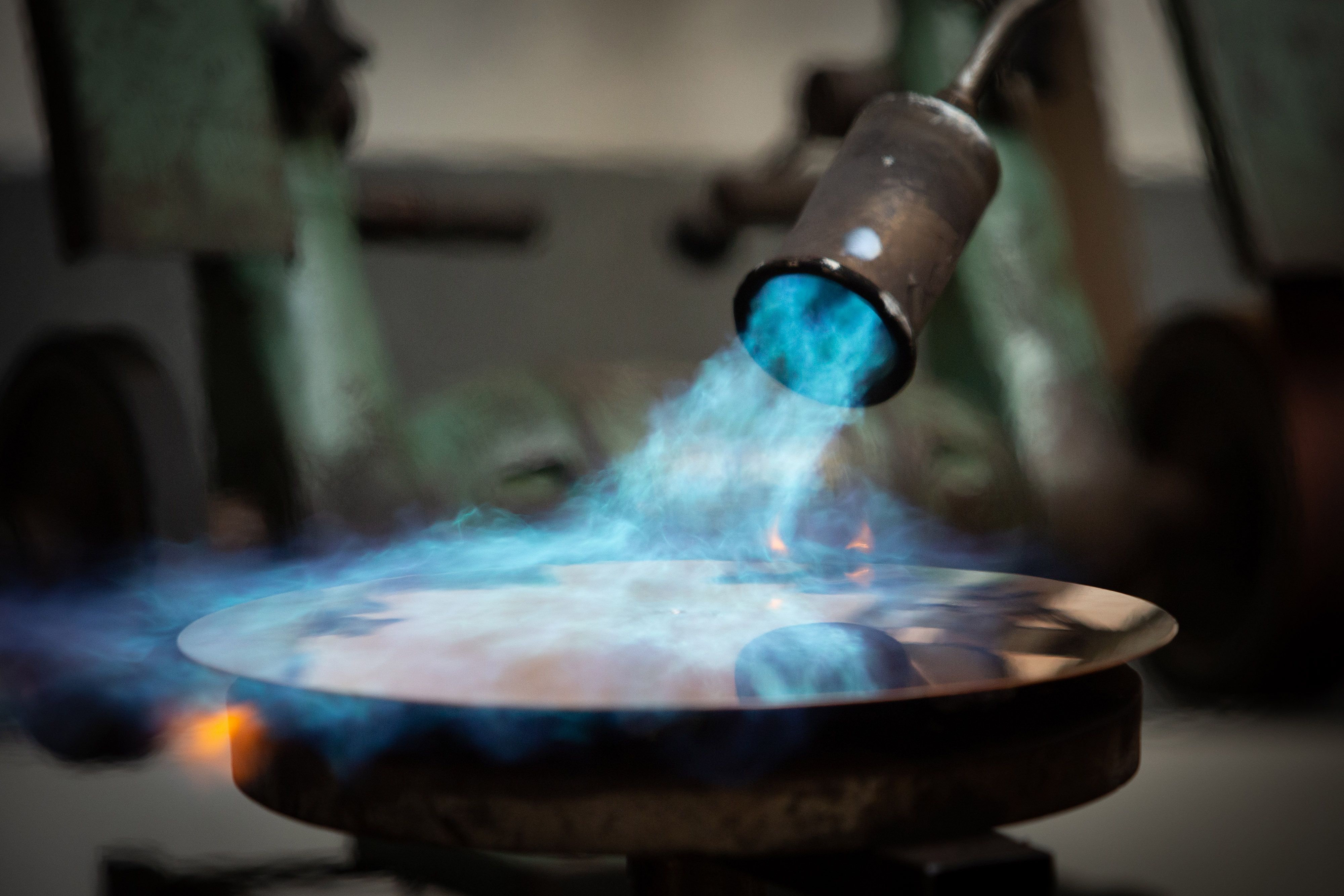
What significance do handmade small series have for you?
J.H.:
I was able to experience the appreciation of handmade unique pieces very early on in my apprenticeship years as a blacksmith and this has also accompanied me throughout my time as an industrial designer. Recently, there has been a return to exactly these unique pieces - created by designers and exhibited as handmade editions in design galleries. During my years at Konstantin Grcic's design studio, we worked on numerous editions for galleries alongside the serial industrial production of products, and we are now continuing this at OHA.
S.A.:
Handmade small series are very important to us as they allow us to create individual and unique products while maintaining an appreciation for artisanal manufacturing techniques. Through our collaboration with Holzrausch, we gain deeper insights into the craft and the way they work. At the same time, we help them to understand the concept of serial production.
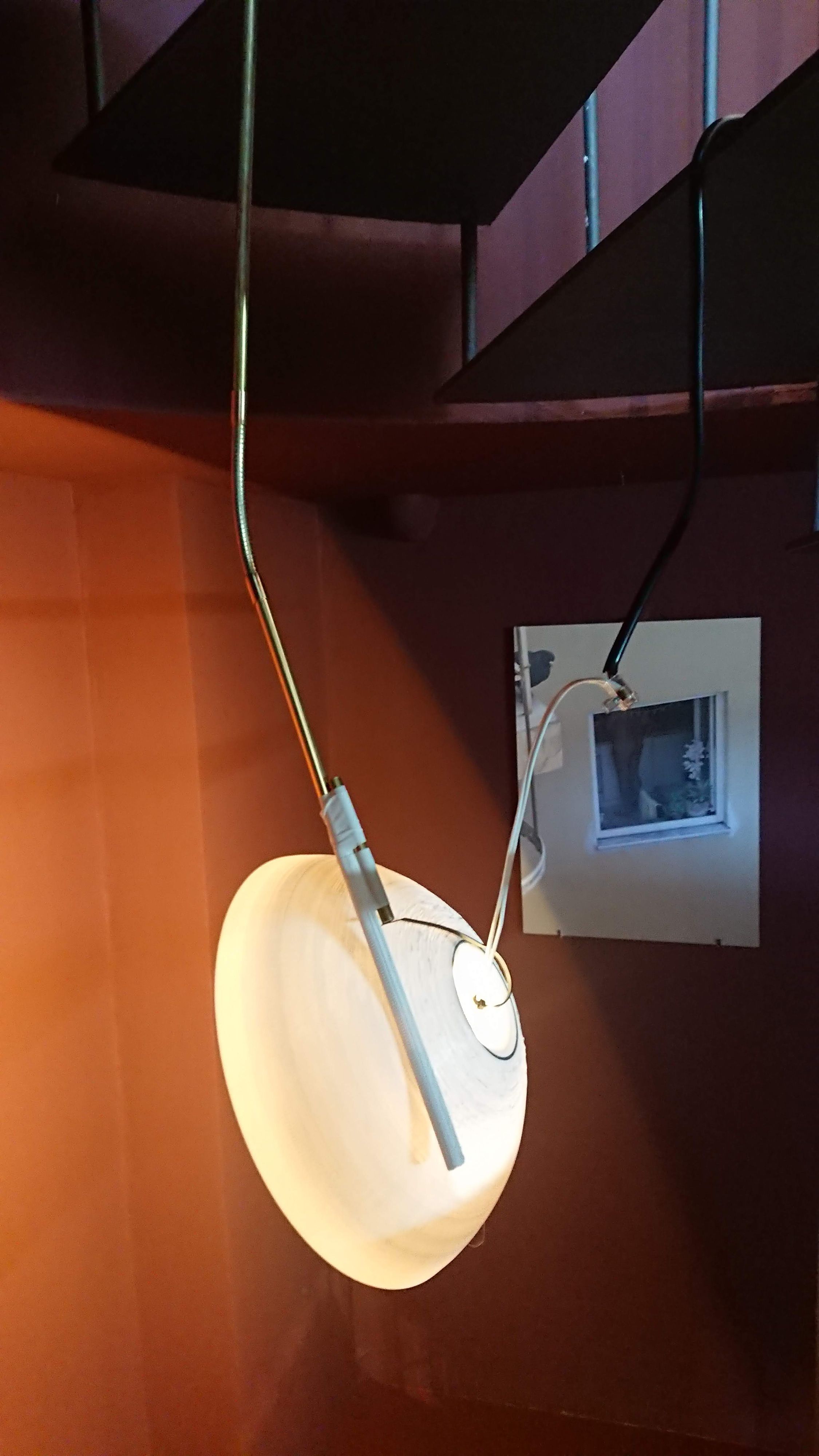
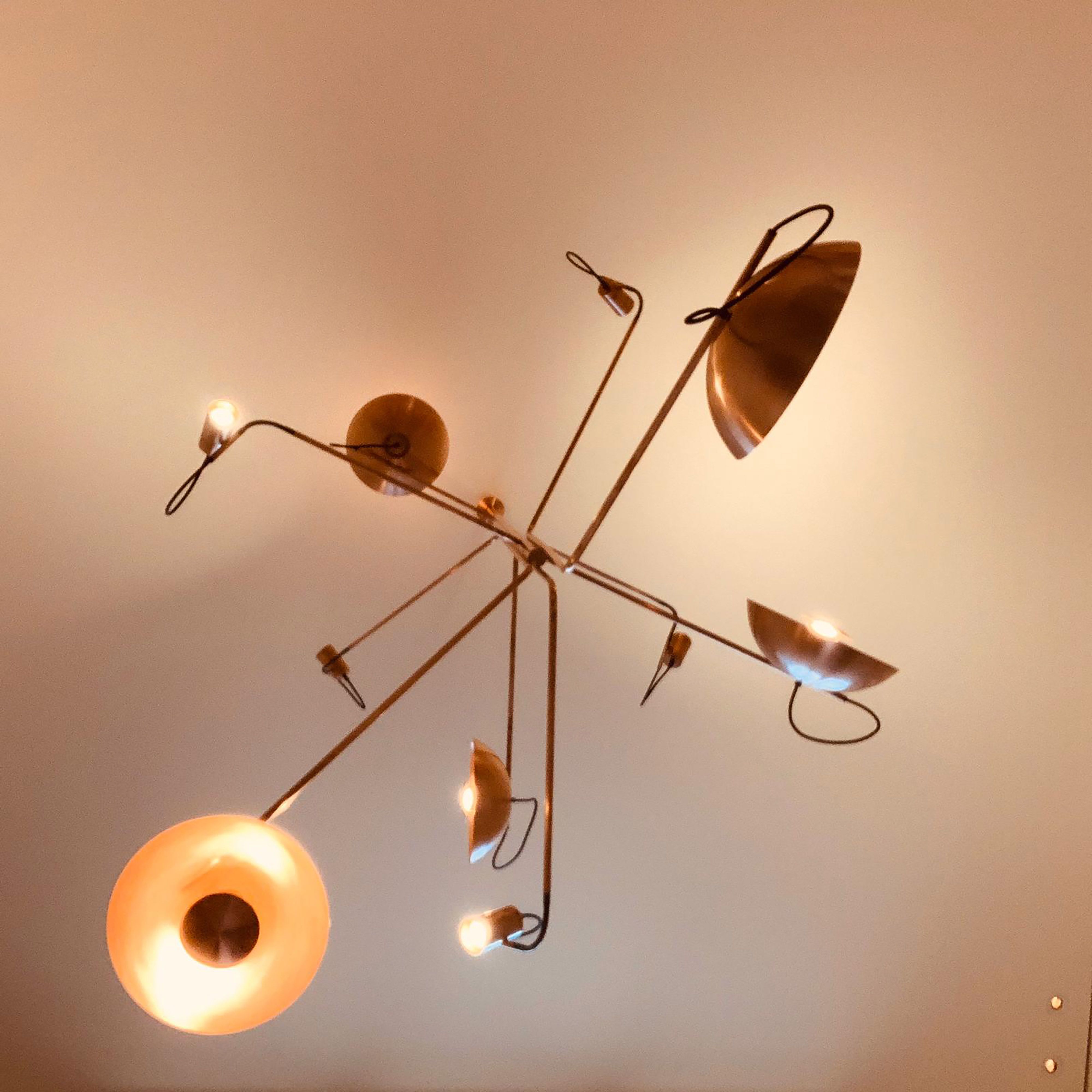
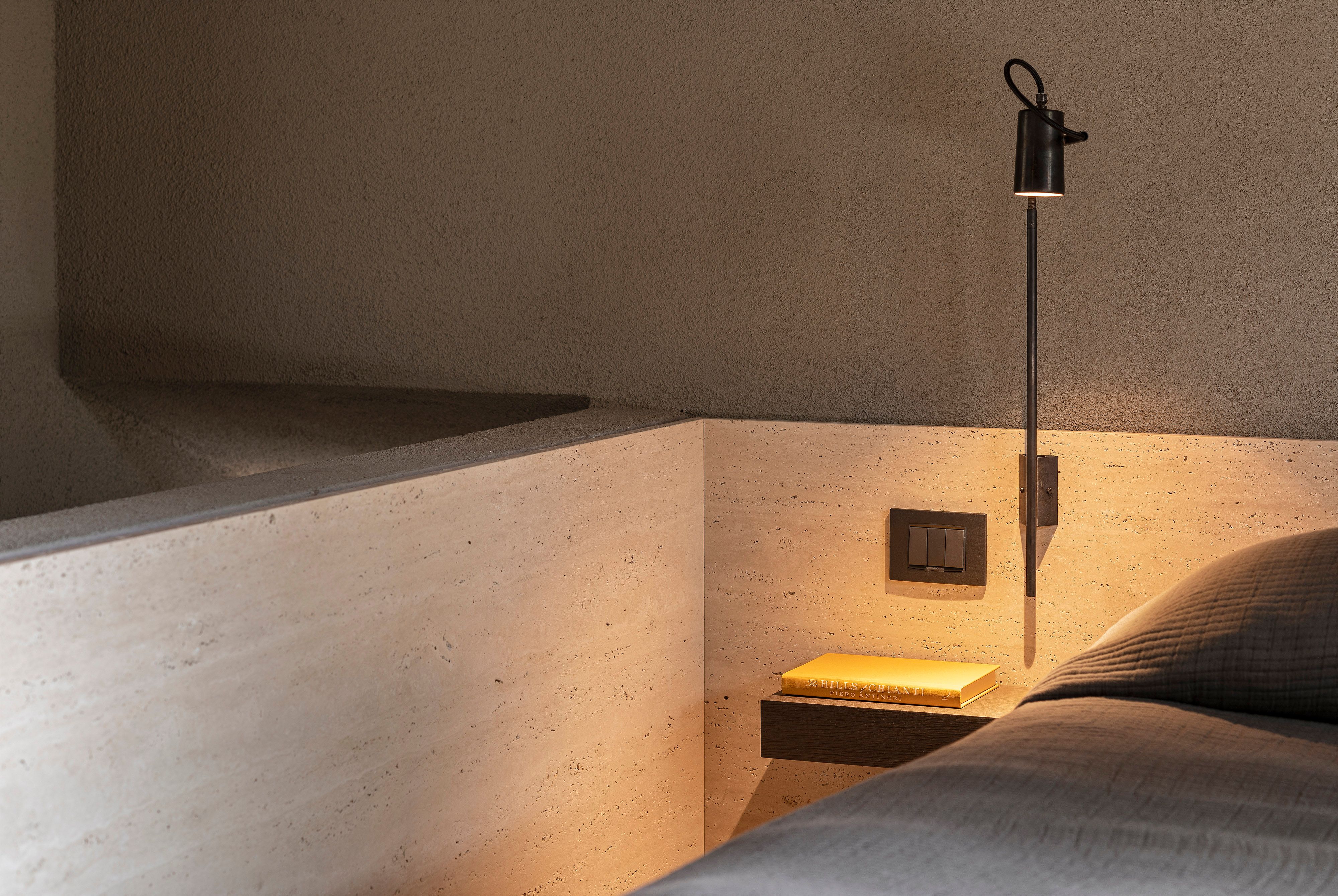
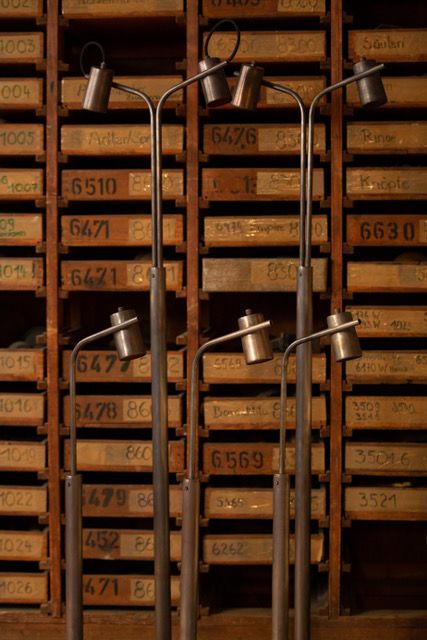
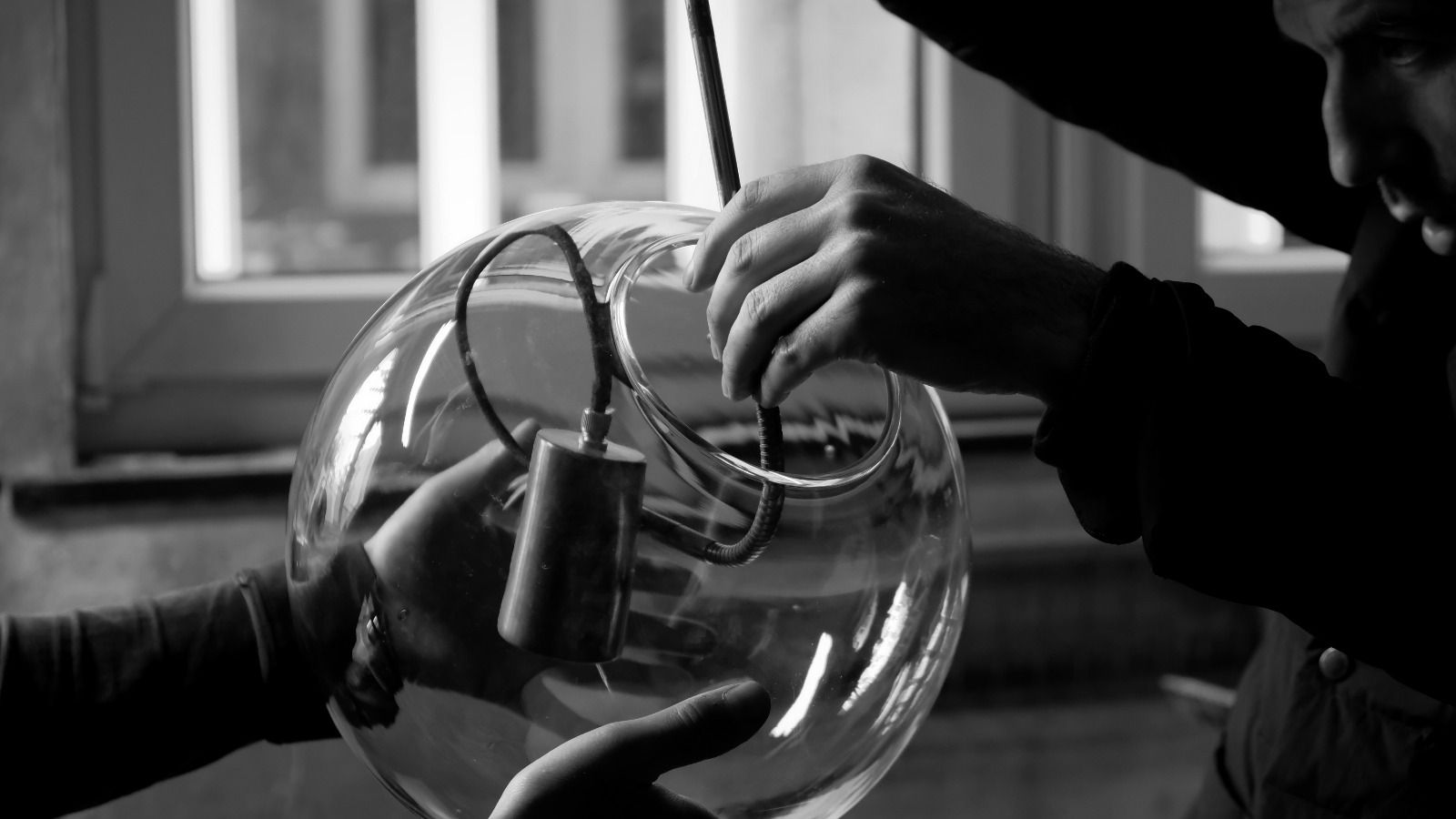
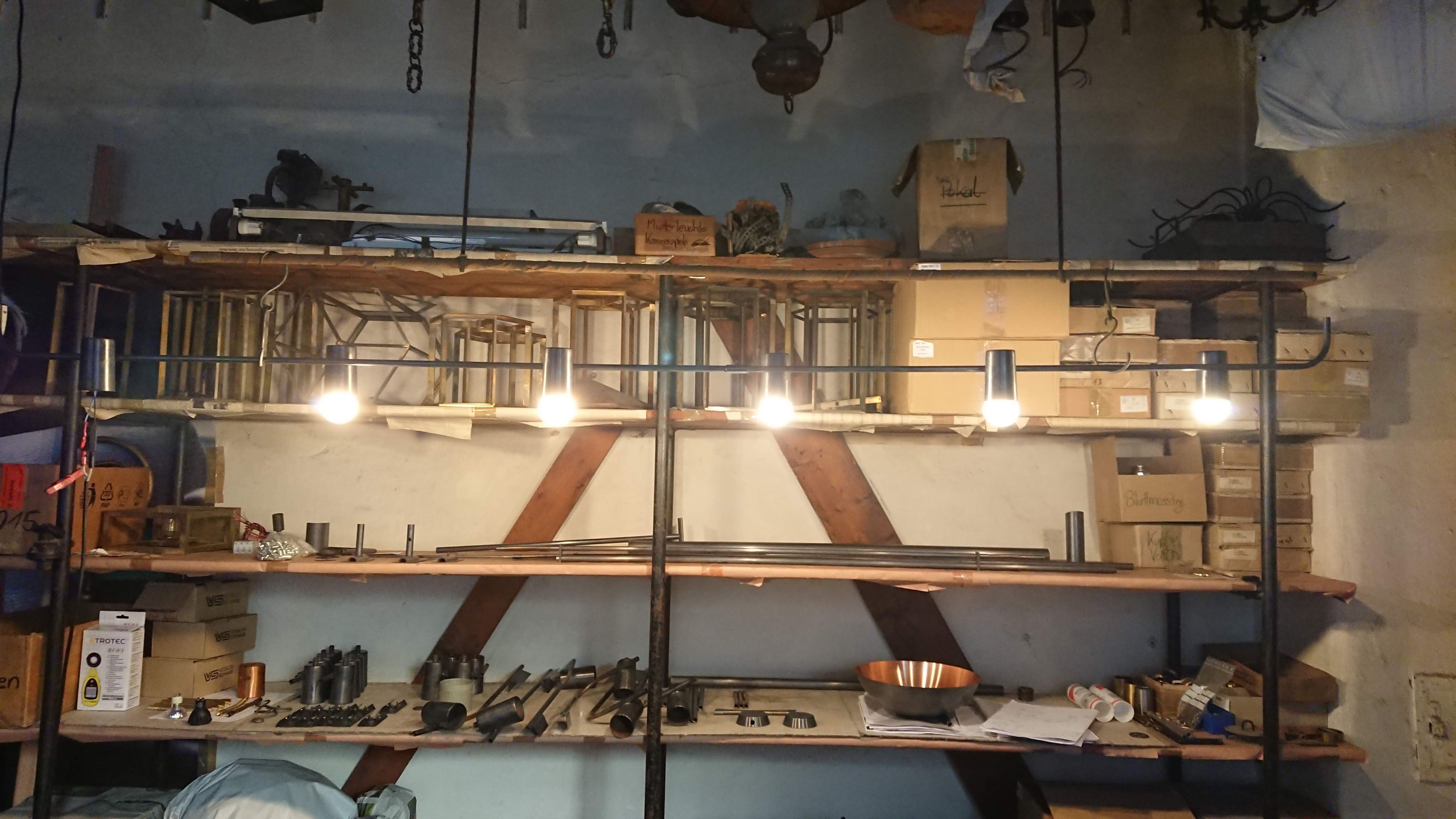
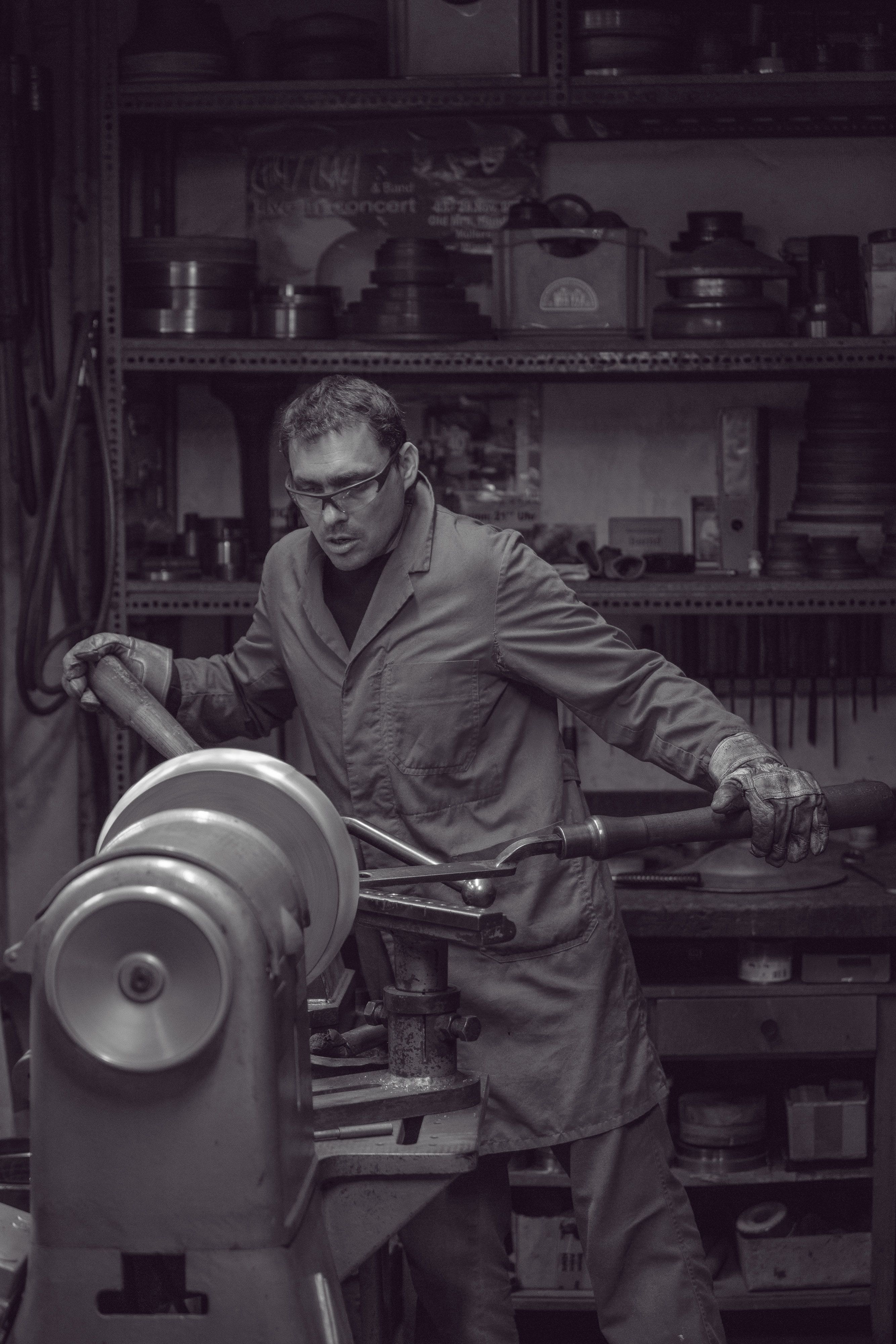
"Recently, there has been a return to exactly these unique pieces - created by designers and exhibited as handmade editions in design galleries."
